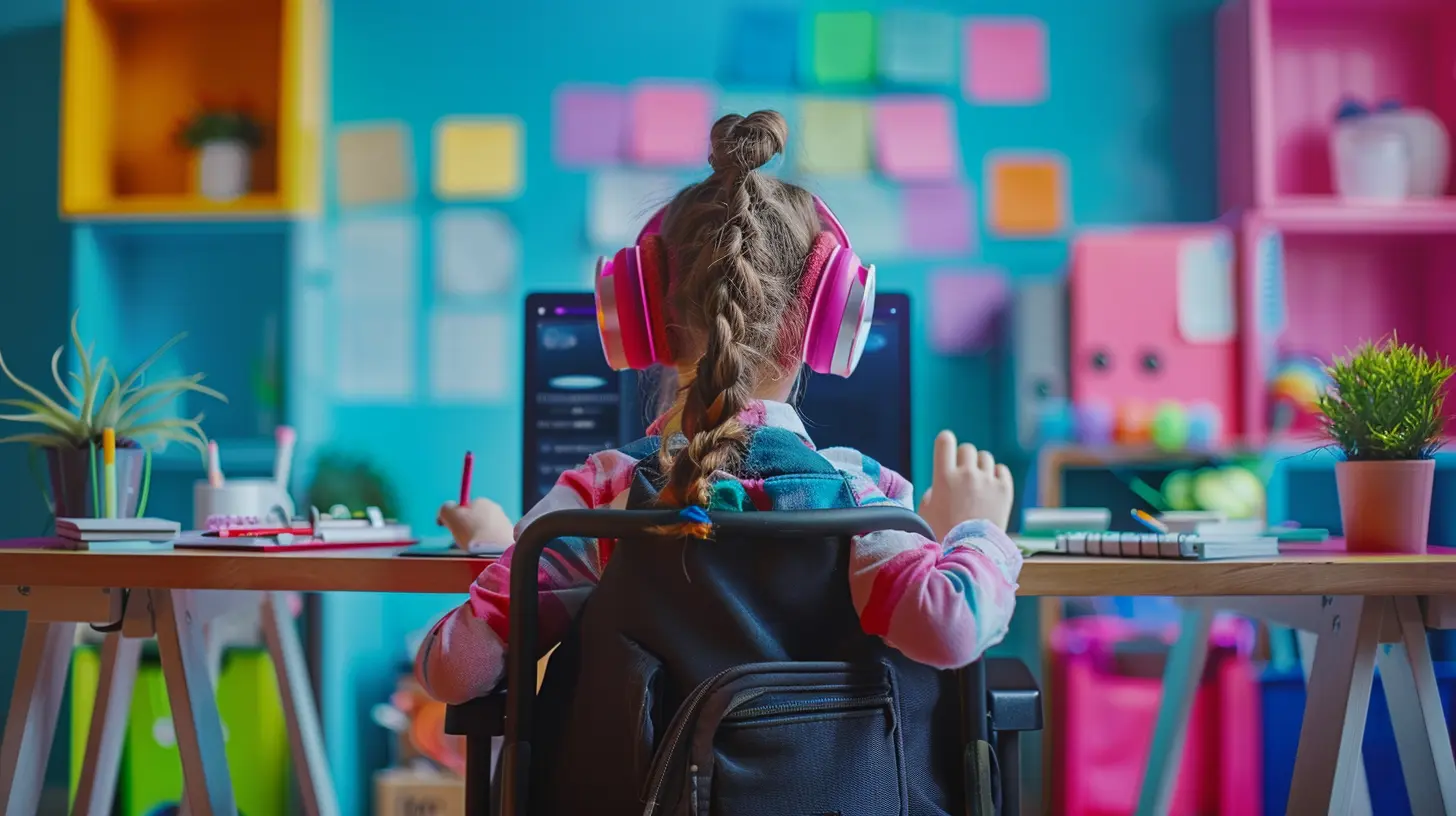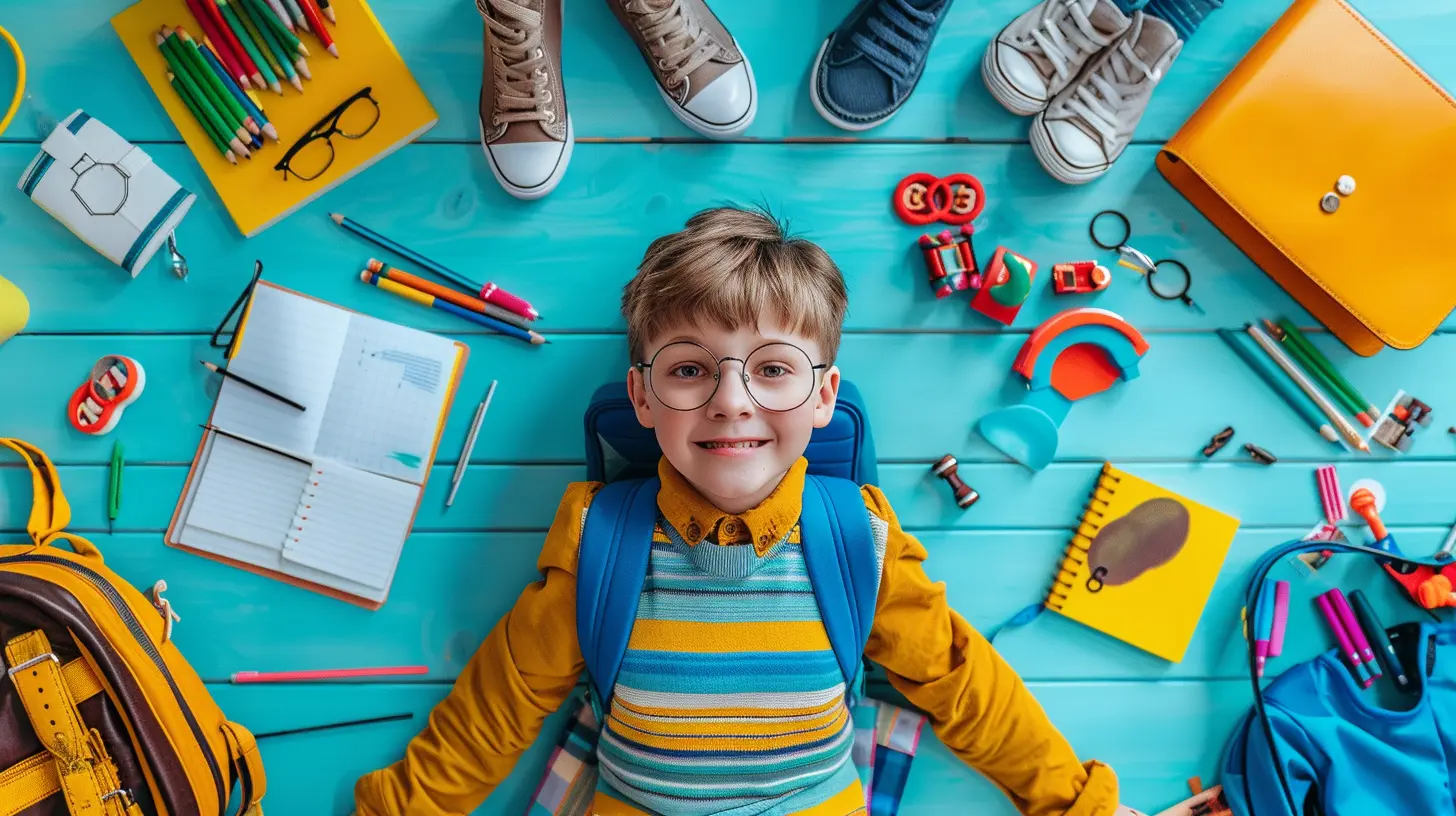The Role of EdTech in Special Education: Tools for Accessibility
24 September 2025
Technology is everywhere these days—from how we shop to how we communicate—and now, it's changing how we learn too. But for students with disabilities or learning differences, this shift isn’t just cool or trendy—it’s life-changing. EdTech (short for Educational Technology) is revolutionizing special education, making learning more accessible, inclusive, and empowering.
So, how exactly is EdTech making a difference? What tools are out there, and how do they transform classrooms into more inclusive learning hubs? Let's dive right in.
What Is EdTech, Really?
Let’s break it down. EdTech refers to the use of digital tools and technology to support learning. This includes everything from interactive whiteboards and tablets to learning management systems and AI-powered applications.But in the context of special education, EdTech goes beyond bells and whistles. It becomes a set of purposeful tools designed to break down barriers, support emotional and cognitive needs, and open the door to learning for every student—regardless of ability.
Understanding Special Education Needs
Before we unpack how EdTech helps, it’s worth understanding who we’re talking about when we discuss special education.Special education serves students who may have:
- Cognitive or intellectual disabilities
- Autism Spectrum Disorder (ASD)
- Visual or hearing impairments
- Speech and language disorders
- Physical disabilities
- Learning differences like dyslexia, ADHD, or Down syndrome
Each of these students learns a little differently. And that’s totally okay—because education isn’t (and shouldn’t be) one-size-fits-all. That’s where EdTech steps in.
Why Accessibility Matters
Okay, let’s pause for a second.Imagine trying to play a video game, but your controller is broken. Or listening to a podcast in a language you don’t understand. Frustrating, right?
That’s kind of what traditional classrooms can feel like for students with disabilities—when they’re expected to learn without the right tools or support. Accessibility isn’t just a buzzword. It’s about ensuring every student has an equal opportunity to succeed, regardless of their physical or cognitive abilities.
EdTech bridges that gap. It levels the playing field.
How EdTech Empowers Students With Special Needs
1. Personalized Learning
Every student is unique, and this rings especially true in special education. EdTech tools like adaptive learning platforms (think: DreamBox, i-Ready, or Khan Academy) use AI to tailor lessons to each student's pace and skill level.No more one-size-fits-all worksheets. Instead, students get content that meets them where they are, chunked into digestible pieces. It’s like having a teacher that adjusts in real-time—pretty amazing, right?
2. Communication Support Tools
Some students can’t communicate easily through speech or writing. That’s where Augmentative and Alternative Communication (AAC) devices come into play. Tools like Proloquo2Go or TouchChat help non-verbal students speak through images, text, and sound.These aren't just fancy gadgets—they're lifelines. They give students a voice, literally.
3. Screen Readers and Text-to-Speech
For students with visual impairments or dyslexia, reading text can be a major hurdle. Enter screen readers and text-to-speech tools like JAWS, NVDA, or Kurzweil 3000. These tools read digital content aloud or convert it into Braille or captions.It's like having a reading buddy by your side whenever you open a book. The result? Better comprehension, independence, and confidence.
4. Speech-to-Text and Dictation Tools
On the flip side, speech-to-text tools help students who struggle with writing. Programs like Dragon NaturallySpeaking or Google Voice Typing allow students to speak their thoughts, which the tool transcribes into written words.These tools are total game-changers for students with dysgraphia, fine motor challenges, or other conditions that make writing tough.
5. Visual Scheduling and Task Managers
Some students need a little extra structure. Visual scheduling apps—like Choiceworks or First Then Visual Schedule—help them organize their day with images and simple cues.It’s like using a GPS for your day. Instead of feeling overwhelmed, students know exactly what to expect and when.
Real-Life Classroom Applications
So how do all these tools come together in a real classroom?Imagine a student with autism using a tablet loaded with a communication app to participate in a group discussion. Meanwhile, a classmate with low vision uses a screen reader to follow along with a digital assignment, and another uses noise-canceling headphones and a focus timer to stay on task.
This is what inclusion looks like. And it’s happening now.
The Role of Teachers: More Important Than Ever
Let’s clear something up—EdTech doesn’t replace teachers. In fact, it makes their job even more dynamic.Teachers become guides. They use data from EdTech platforms to spot learning patterns, adapt strategies, and support individual student journeys. They also play a big role in choosing which tools are the best fit for their students’ needs.
Professional development is key here. When teachers are trained on how to use these tools effectively, everybody wins.
Challenges of EdTech in Special Education
Now, let’s keep it real. EdTech isn’t a magic wand. There are ups and downs.Some of the challenges include:
- Cost: High-quality EdTech tools can be pricey, and not all schools have the budget.
- Training: Teachers need time and support to learn how to integrate new tools.
- Accessibility of the Tools Themselves: Ironically, not all EdTech is built with accessibility in mind. That’s why universal design is so important.
- Overreliance on Technology: Tech should support—not replace—human interaction and attention.
But even with these hurdles, the benefits still outweigh the downsides, especially when schools and educators are committed to thoughtful implementation.
The Future of EdTech in Special Education
So, what’s next?Here’s a glimpse of what we might see in the near future:
- AI Tutors: Personalized, real-time feedback from intelligent software that grows with the student.
- Wearable Tech: Devices that monitor student stress levels and help them self-regulate emotions.
- Virtual Reality (VR): Immersive experiences that teach life skills or simulate real-world environments in a safe setting.
- Data Analytics: Teachers using data insights to refine instruction minute-by-minute.
And let’s not forget about policy. Government guidelines and funding initiatives are increasingly supporting inclusive education through digital means.
How Parents Can Support EdTech at Home
Parents are crucial partners in EdTech success. Here’s how they can help:- Get Involved: Learn how the tools work. Ask your child’s teacher for tutorials or guides.
- Monitor Screen Time: Ensure tech use is purposeful, not just a distraction.
- Advocate: If a certain tool is working wonders, speak up and encourage broader adoption.
- Stay Positive: Change can be daunting. Support your child's tech journey with enthusiasm and patience.
Wrapping It Up
At its core, EdTech in special education isn’t just about smart tools or flashy apps. It’s about delivering human-centered learning. It’s about giving every child—regardless of ability—the chance to thrive, grow, and feel seen.So, the next time you hear someone talk about EdTech, remember: for many students in special education, it’s not just technology.
It’s opportunity.
all images in this post were generated using AI tools
Category:
Educational TechnologyAuthor:

Anita Harmon
Discussion
rate this article
1 comments
Mateo Morales
Great insights! EdTech is transforming special education by providing innovative tools that enhance accessibility and empower every learner to succeed. Keep inspiring!
October 7, 2025 at 11:37 AM

Anita Harmon
Thank you for your kind words! I'm glad you found the insights valuable. EdTech truly has the potential to make a significant impact in special education.


